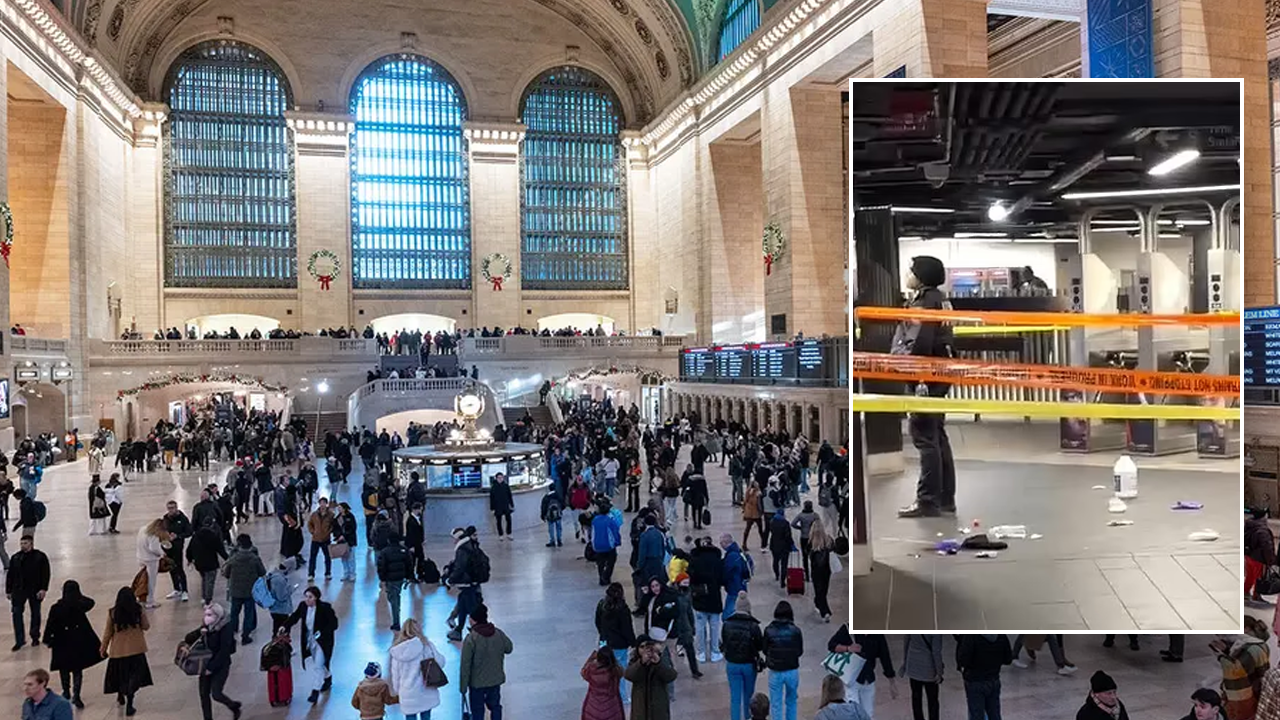Shopping
New York Retail’s New Frontier: The Shift from Leasing to Owning Space in a Changing Market | JD Supra

It is no secret that the retail market has faced significant challenges over recent years. With the rise in e-commerce came a prediction of the decline of the brick and mortar retail store. This prediction was reinforced with major retail brands, such as Barneys, Lord & Taylor, and Century 21 facing bankruptcy. Pair that with shrinking discretionary budgets, a global pandemic and ever-changing consumer preferences, many claimed the retail sector was on its death bed. Instead, what we have seen is an industry that is well versed at adaptation and continues to navigate these changes.
According to Cushman & Wakefield’s most recent report, “many markets with large urban centers saw positive demand in Q3, including San Francisco, Dallas/Ft. Worth, Boston, Chicago, New York and Washington D.C.” In fact, the report also showed the “national vacancy rate remains near a historic low of 5.4%.” In the wake of much doubt about the future of retail, we’ve seen retail adapt and prosper with historically low vacancy rates. Now is no different with the retail market’s newest adaptation, and its strategy may result in retail being more permanent than ever.
Brandon Isner, CBRE’s head of Retail Research for the Americas stated, “Retailers today have that advantage where they can use digital solutions to build [their] brand rather than just throw stores everywhere like they did in the 70s, 80s and 90s. It means brands can be selective about where they open physical locations.” But, with vacancy rates so low, low supply of high-quality retail space in desirable markets creates a challenge for many retail tenants looking for space, especially when these tenants have the ability to be selective about their locations. For example, New York City’s Fifth Avenue, while a consistent coveted location for retail tenants, has become increasingly competitive. Companies are willing to pay rents that reflect what a worthwhile investment the physical location is to them because these locations are not just storefronts for them to sell their goods anymore. Companies are using these primetime storefronts as a way to have a unique presence and further brand awareness. Many brands create elaborate displays and structures in order to create that presence and brand awareness, investing major capital in the spaces they occupy.
Recently, there has been a shift towards more permanence. More and more companies have changed from renting that ever desirable space to buying it. At the end of last year, Prada, which had leased their space since 1997, bought their flagship store for $425 million dollars. The Kering group, owners of Gucci, Balenciaga, and Alexander McQueen, also purchased space in New York City for $963 million. The shift towards purchasing retail space rather than leasing is not reserved only for luxury brands either. Most recently, Ikea partnered with Extell Development in their newest project, with Ikea purchasing their retail space at the ground level of the project. According to the New York Times, Uniqlo, as well as Geshary Coffee, are also in contract to purchase their retail space.
With vacancy rates low and competition for desirable space high, purchasing the space they would otherwise lease provides security to companies who otherwise have rising rental rates paired with the inevitable expiration date on their space. Moreover, with the additional capital invested into these properties becoming ever increasing, the investment isn’t lost at the end of the term. Therefore, retail tenants becoming owners of the space they have historically leased may be the newest adaptation to the retail market that we will be seeing more of in the future.
[View source.]










